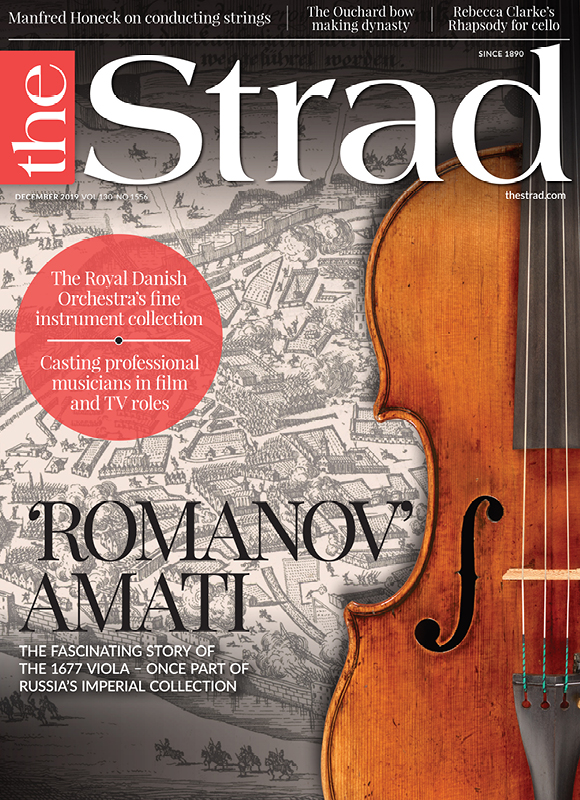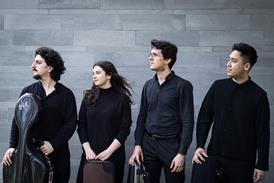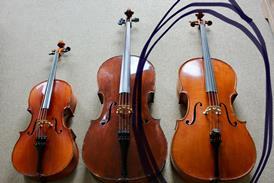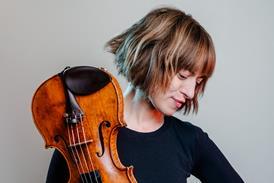The Strad’s editor Charlotte Smith introduces the December 2019 issue
Each great instrument has a story to tell. Waiting to be discovered in its lines and curves are the secret practices of its maker – and beyond this the economic and political circumstances of its time. For some instruments more than others, the people who have owned and played them also define their identities. The ‘Romanov’ Amati – subject of this month’s poster for subscribers – is one such example. Constructed in 1677 by Nicolò, grandson of Andrea, the viola can count among its owners the Princes Romanov. Saved from the Russian Revolution by Prince Vasili Alexandrovich Romanov, nephew of Tsar Nicolas II, the instrument was spirited to the US and eventually found its way into the hands of the esteemed Max Aronoff of the Curtis Quartet.
More than this, the viola also represents the skill and philosophy of the Amati dynasty. Nicolò was 81 when the instrument – then a large tenor – was made, and as such it bears much evidence of the handiwork of his son Girolamo. On page 26 Alberto Giordano takes an in-depth look at the viola’s distinguishing features, while Rudolf Hopfner examines evidence of its resizing using micro-CT scans.
The Amati name can also be found in the fine instrument collection of the Royal Danish Orchestra. Established in 1448, the ensemble has developed a distinctive sound, helped in no small part by its collection of stringed instruments, which span four centuries of design. Among the prized collection are a cello by Nicolò Amati and a double bass by Girolamo II, alongside several Stradivaris and other distinguished names. As Andrew Mellor discovers on page 34, the orchestral string tone is the result of careful cultivation – though where the contribution of fine instruments stops and playing style begins is more difficult to define.
Charlotte Smith editor
Email me at thestrad@thestrad.com or tweet @TheStradMag
-
This article was published in the December 2019 ‘Romanov’ Amati issue
Exploring the fascinating story of the 1677 ‘Romanov’ Nicolò Amati viola - once part of Russia’s Imperial Collection. Explore all the articles in this issue.
More from this issue…
- 1677 ‘Romanov’ Nicolò Amati viola
- Casting professional musicians on screen
- Royal Danish Orchestra instrument collection
- Rebecca Clarke’s 1923 Cello Rhapsody
- The Ouchard bow making dynasty
- Manfred Honeck on conducting strings
Read more Playing content here






























No comments yet